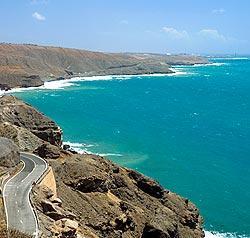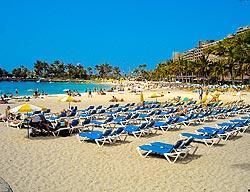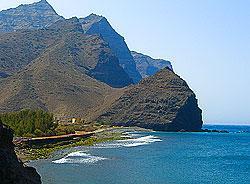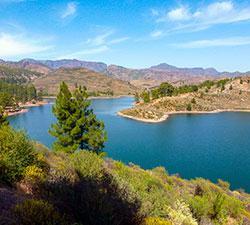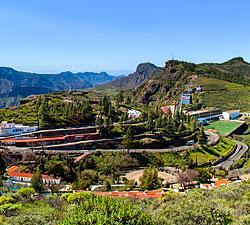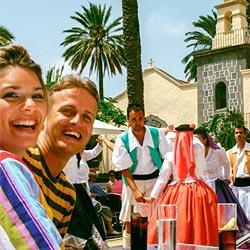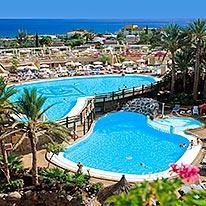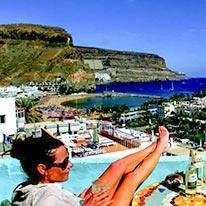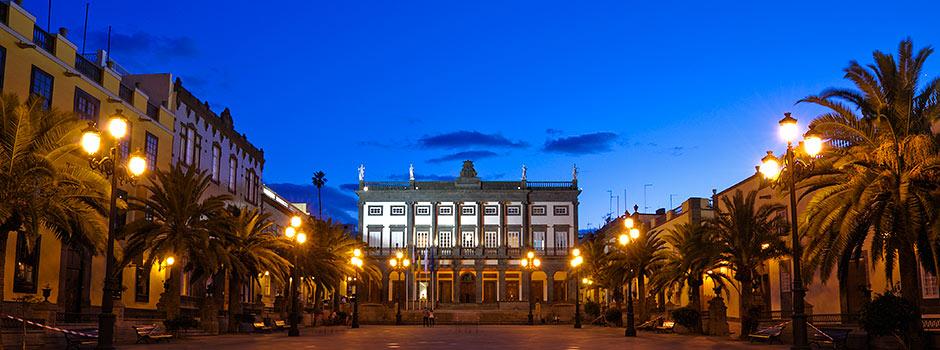There is a lot of myth and legend surrounding the early history of the Canary Islands, with many early inhabitants believing them to be the lost land of Atlantis. Others considered the islands to be the site of the magical, mystical Fortunate Islands, the blissful paradise of both Celtic and Greek mythology.
It is believed that Gran Canaria was already populated in around 500 B.C., although there are several theories regarding the origins of its early inhabitants. One widely accepted theory is that Gran Canaria’s natives, widely known as Guanches although Canarios is actually the correct historical term, originally came from North Africa and that they were descendants of the Berber people. The Guanches lived very primitively – as the unsophisticated tools and weapons found on the island bear witness to – mostly in caves. Guanches are also believed to have used rocks and stones to build small structures for shelter. These make-shift dwellings would be covered with a roof of branches and leaves. Their most civilised achievement was earthenware, modelled without the use of a potter’s wheel.
After the fall of the Roman Empire, Europe forgot about the Canary Islands for almost 1,000 years and until the rediscovery of the Canaries by Mediterranean sailors in the early 14th century, the 30,000 Guanches on the island of Gran Canaria lived a relatively peaceful life. This then changed drastically, in the 14th century, as the Italians, Portuguese and Catalans sent their ships to the islands to bring back slaves and furs. At the beginning of the 15th century, the rapid process of the conquest of the islands began.
In Gran Canaria, the Guanches fiercely resisted the Spanish invasion but, by 1483 Pedro de Vera, who led the Spanish forces, had completed the conquest, begun by Juan Rejón five years earlier. Many Guanches were killed or committed suicide rather than surrender to the Spanish. Those who survived were forced into slavery and to convert to Christianity, and soon started to die out.
Contacts with the New World (because of the high emigration to Latin America due to collapses of local industries), where Cuba had won freedom from Spain in 1898, led to calls for Canarian independence. Most people simply wanted the division of the archipelago into two separate provinces (Las Palmas and Tenerife), which eventually came about in 1927.
Going back in time to the year 1912, the Island Council’s Law was brought into force, which led to a number of infrastructure projects such as the airport, reservoirs and the principal motorway network of the island, laying the foundation stone for the development of the tourism industry. Another key date in the history of the Canary Islands is 1982, when the Autonomous Government Statutes were passed.



